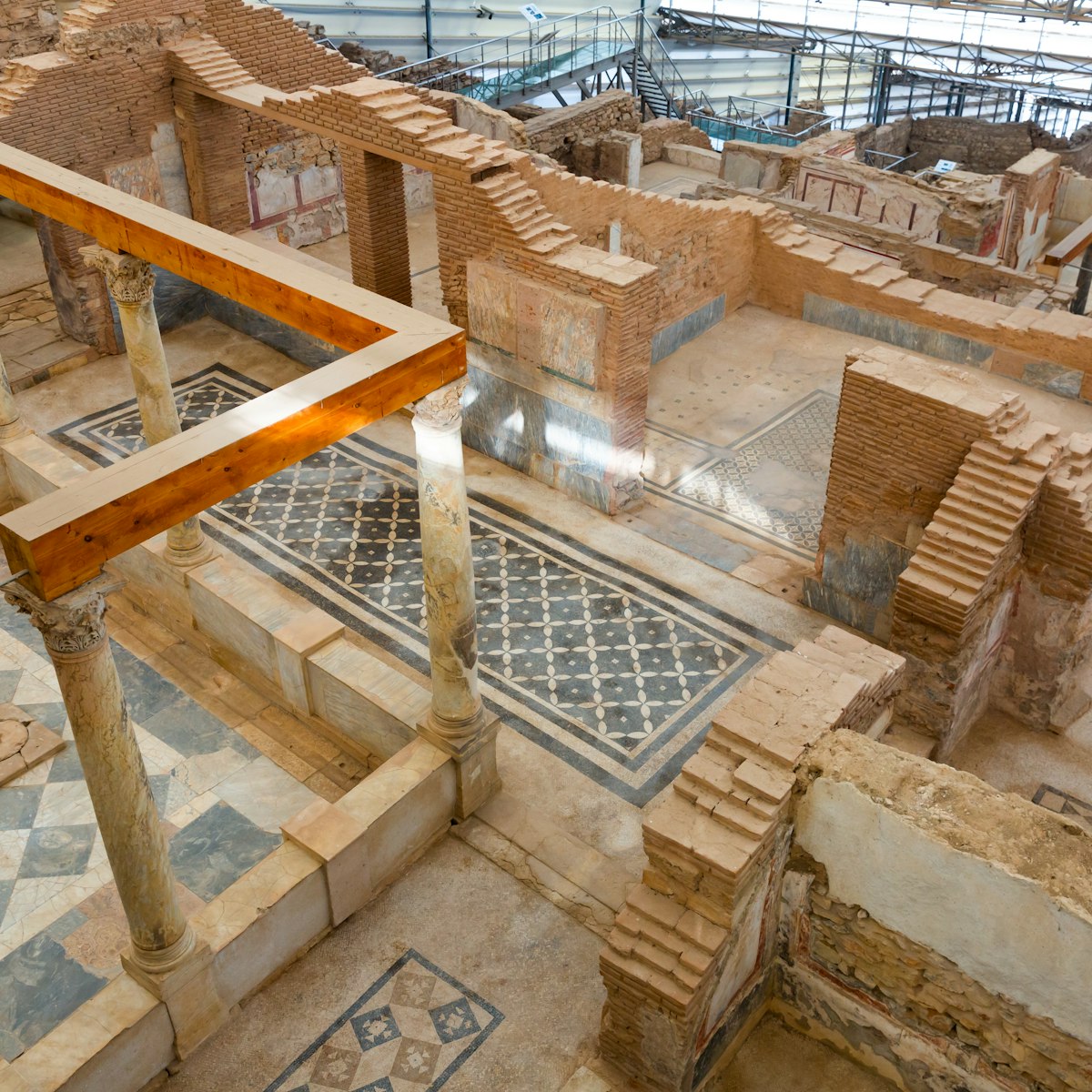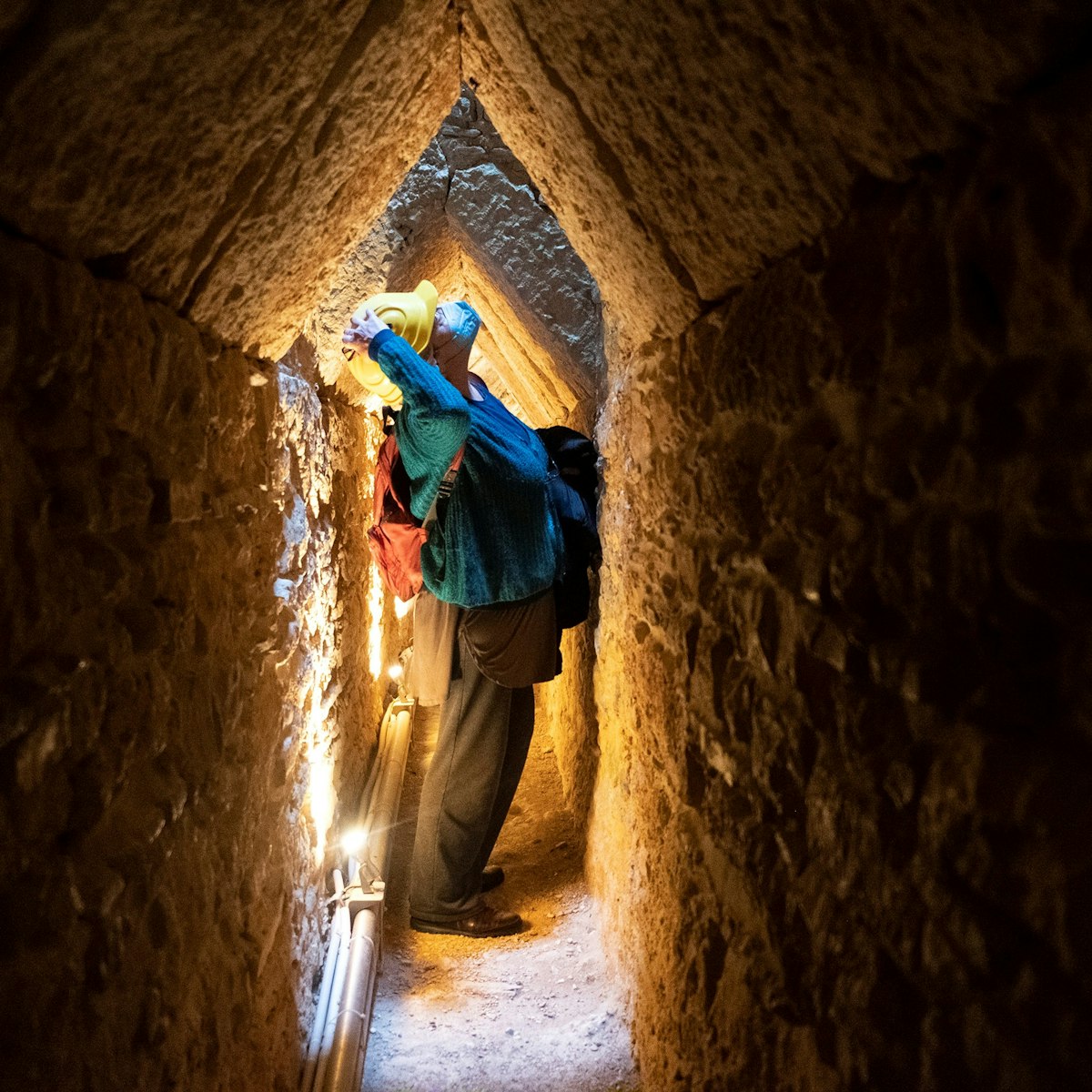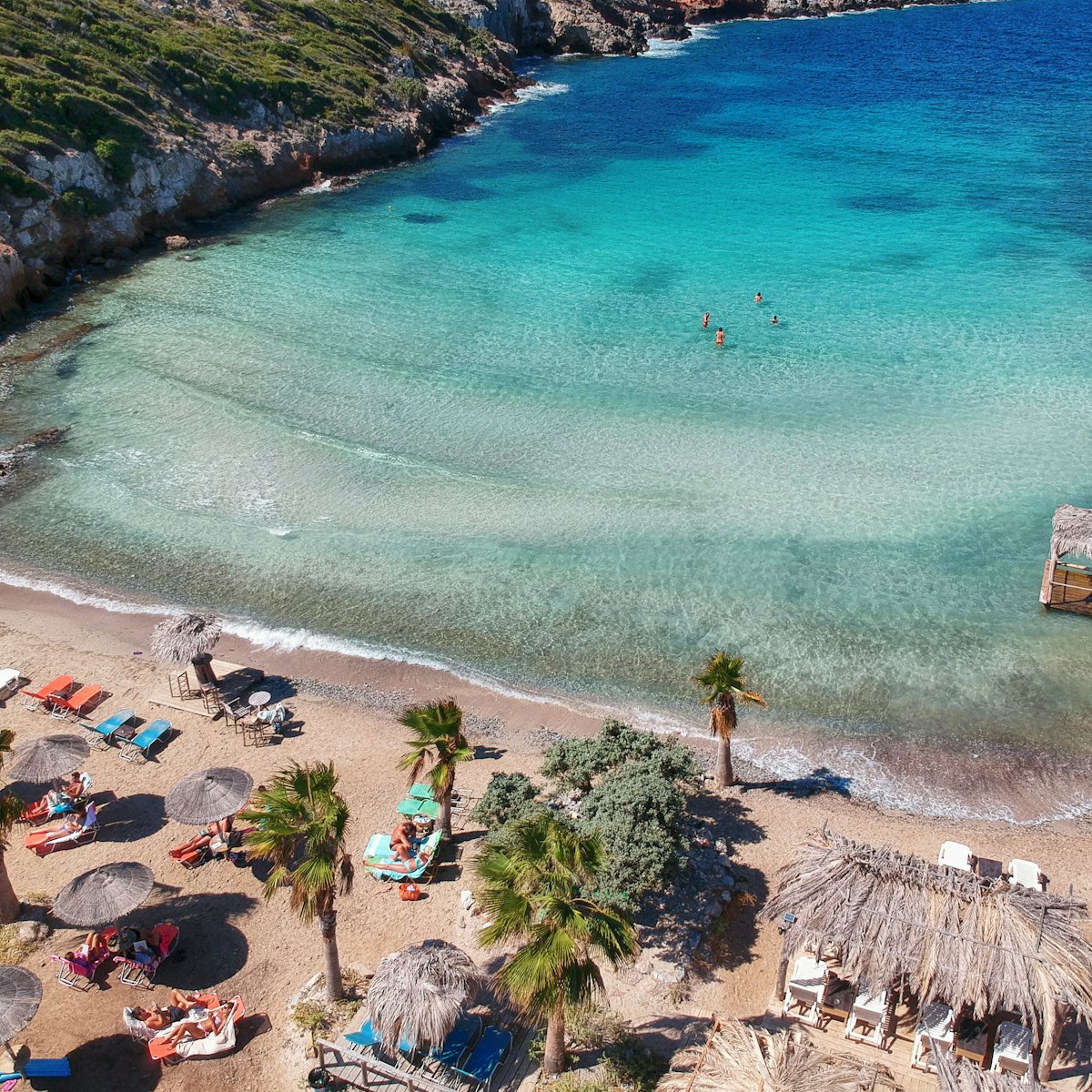A mecca for travellers, this well-run and fun place to stay is named after its affable Turkish-Australian owner and is justifiably popular. Guests get the run of a lovely twin pool area, garden filled with fruit trees, pool table, table tennis and volleyball court. There are family-style dinners (₺40) every evening and a sangria happy hour (6pm to 7pm).
The roadside complex is 3km south of Selçuk, linked by free shuttles and a dolmuş every 20 minutes (₺2.50); it's a 50-minute walk through the hills to/from Ephesus' Upper Gate. The bungalows with shared facilities are fairly basic, but there are 20 comfortable, modern en-suite rooms and two decent dorms.





